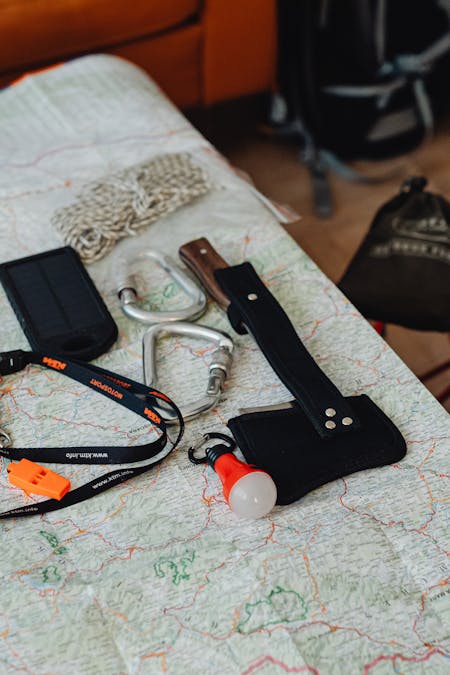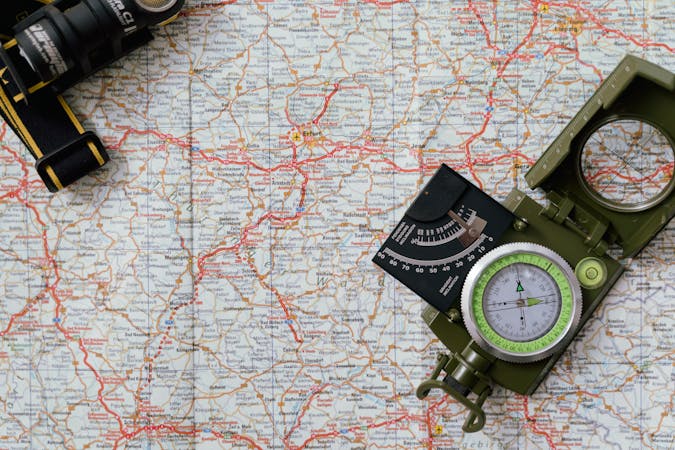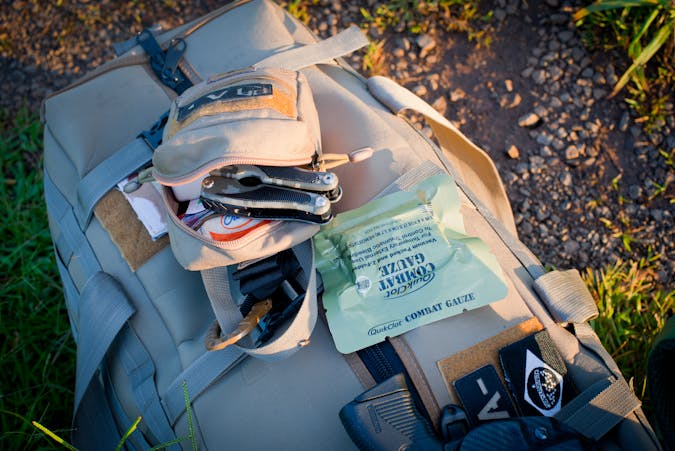
Planning a day hike can be one of the most rewarding experiences, but it does take a bit of prep work to ensure you have a safe and enjoyable time. Whether you’re a seasoned outdoor enthusiast or just starting your hiking journey, this guide will walk you through the essential steps to help you get ready for your next adventure.
Knowing how to plan a day hike is the first step in ensuring a safe, incident free and enjoyable hike.
Planning and Research
First things first: pick a trail that matches your fitness level and hiking goals. Are you in the mood for a leisurely stroll or something that really gets your heart pumping? There’s a trail out there for you! Resources like AllTrails or National Parks websites are great for digging into trail options. As you research, keep these factors in mind:
- Distance: Make sure the distance is manageable for you.
- Elevation: Be aware of how steep the trail is, as this can really change the difficulty.
- Terrain: Is it rocky, smooth, or a mix? Are there creekcrossings? Knowing what to expect helps.
- Weather Conditions: Always check the forecast before you head out!
- Turnback Time:This is the time at which you will turn back to the trail start regardless whether you have finished the hike.
- The Route: Familiarise yourself with the route, particularly any turnoffs or cross roads.
And don’t forget about permits ans checking for track closures. Some trails require them, so it’s best to check in advance and plan for parking and emergency contacts as well.
Assess Fitness and Skills
Next, let’s talk about your fitness and skills. It’s essential to make sure you’re physically ready for the hike you’ve chosen. If you’re a beginner, starting with easier trails is a smart move. Gradually work your way up to tougher ones. If you can, hike with experienced friends or join a local hiking group. They can offer guidance and support, making your first hikes much more enjoyable!
Safety and Preparedness
Safety is key when it comes to hiking. Always let someone know your plans—where you’re going and when you expect to be back. If you’re heading out on a remote trail, consider carrying a Personal Locator Beacon (PLB) for emergencies. Familiarize yourself with the potential hazards along your route, like wildlife encounters or sudden weather changes. Make sure to pack essential safety gear, including:
- First Aid Kit
- Map and Compass
- Navigation Tools (think GPS or a reliable hiking app)

Packing Essentials for Your Hike
Now, let’s get into packing! Make sure you have the “10 Essentials” to keep you prepared for whatever comes your way:
- Water
- Food
- Extra layers of clothing
- Sun protection (sunscreen, hat, sunglasses)
- A first aid kit
- Navigation tools
- Fire-starting materials
- A multi-tool or knife
- Emergency bivvy
- Insect repellent
If your hike is longer or more challenging, think about bringing items like trekking poles, a water filtration system, or a satellite messenger.

Check Weather
Before you lace up those hiking boots, take a good look at both the short-term and long-term weather forecasts. Be ready for unexpected changes by packing layers and rain gear. Remember, if conditions look rough, it’s okay to modify or even cancel your hike. Safety first!
Hiking Etiquette
Let’s talk about hiking etiquette. Practicing Leave No Trace principles helps protect the environment and shows respect for fellow hikers. Here’s a quick list of what you can do:
- Pack out all trash
- Keep your pets leashed if allowed
- Don’t pick flowers
- Stick to marked trails
These simple actions make a big difference in preserving our beautiful trails!
Bugs, Ticks, and Wildlife Encounters on Your Hike
Bugs and wildlife can be part of the hiking experience, but you can manage them. Use DEET or similar repellents to keep bugs at bay, and try to avoid thick vegetation to reduce tick exposure. If you see wildlife, enjoy the view from a distance—this helps keep both you and the animals safe. My guide on ticks is an essential read.
Find the Fun
Above all, remember that hiking is about enjoying nature at your own pace. Don’t stress about keeping up with others; take breaks, snap some photos, and even bring a guidebook to identify plants or wildlife along the way. Every hike is unique, so make it yours!
My Final Thoughts
Planning a day hike might require a bit of effort, but it leads to incredible outdoor adventures. By following these essential steps, you can ensure a safe and enjoyable experience while soaking up the beauty of nature. Whether you’re hitting the trail solo or with friends, each hike is an opportunity to learn and connect with the great outdoors. So grab your gear, hit the trails, and enjoy the journey ahead! Happy hiking!

Great tips! I love how you’ve broken down the planning process into manageable steps, especially emphasizing the importance of checking the weather and packing the right gear. One thing I’ve found helpful for day hikes is carrying a small first-aid kit and a backup battery for my phone, just in case of emergencies. Do you have any favorite apps or tools for navigation on the trail? Thanks for sharing such a practical guide!
Hi Tony,
Thanks for your comments. I always have a first aid kit and carry a power bank.
I generally use AllTrails.
Planning a day hike is such a fulfilling activity! From personal experience, taking the time to map out your trail and pack the essentials really makes all the difference. One of my most memorable hikes involved a steep trail with unexpected weather changes—I was so thankful I had packed extra layers and a rain jacket!
I absolutely agree with the emphasis on safety and preparedness in this guide. Letting someone know your plans and having a reliable navigation tool is crucial, especially for less-traveled trails. And I can’t stress enough the importance of practicing Leave No Trace principles—nothing beats enjoying a pristine trail and knowing you’re helping keep it that way for others.
Hiking truly allows you to connect with nature, and with the right planning, every adventure becomes a story worth remembering. This blog does a fantastic job breaking down the essentials for anyone, whether they’re new to hiking or experienced!